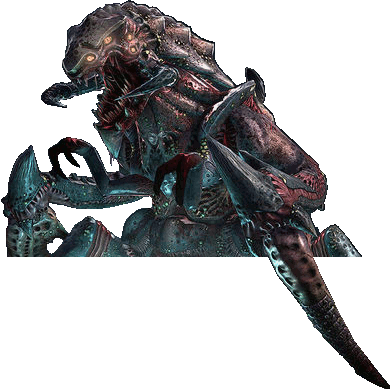Tools/Breakpad
Breakpad is a set of client and server components which implement a crash-reporting system.
We use Breakpad in the Unvanquished game for generating and analyzing crash dumps for the Dæmon engine and NaCl gamelogic modules. A crash dump is a file that is generated when the program crashes, which can be analyzed by developers to find out why the crash occurred. Breakpad is currently available in Daemon for the Windows (if built with MinGW) and Linux engine code, and the NaCl gamelogic on any platform.
Note
Breakpad cannot be used for native executable gamelogic modules. But (assuming a Linux server) you may use traditional core dumps instead. OR, you can use the vm.cgame.type or vm.sgame.type cvars to start up gdbserver (TODO: explain how to use this).
Contents
Sources
The Breakpad source repository is:
MinGW and DWARF5 compatibility
The Dæmon Breakpad adds MinGW support to Google Breakpad, based on Jon Turney's patches, with merged Google upstream adding support for DWARF5 debugging information format. It retains the support for systems already supported by the Google Breakpad upstream.
Dæmon's Breakpad fork is based on https://github.com/jon-turney/google-breakpad, with only minor changes. Jon Turney's version adds MinGW support. It is in turn a fork of Chromium's Breakpad https://chromium.googlesource.com/breakpad/breakpad. Improvements from Google upstream are merged.
Engine build configuration
The USE_BREAKPAD CMake option controls whether Breakpad support is built into the engine. It is disabled by default because Breakpad is primarily useful for publicly distributed release binaries, not people who build and run the code themselves. Note that NaCl crash dump support is always built in, regardless of options.
For an engine built with Breakpad support, the common.breakpad.enabled cvar turns it on or off. The cvar can only be set via the command line, like ./daemon -set common.breakpad.enabled 0.
For users: reporting a crash
The crash dumps are stored in the homepath under the crashdump/ directory. Sort by date to find the most recent one and make sure it matches the date/time when the crash occurred. Send the .dmp file to someone on the Unvanquished development team.
For developers: how to trace a crash
1. Getting the tools
The Breakpad repository for the Dæmon engine is at https://github.com/DaemonEngine/breakpad. If you have already checked out Daemon, then it is located in the libs/breakpad/ submodule there. cd into this repo.
2. Get symbols
2a. Symbols for an official Unvanquished release
If you are debugging an official release binary, you don't need to (and can't) generate symbols yourself -- the Unvanquished release script handles this. In the Unvanquished unizip/torrent (or updater installation directory), symbol files are found in the symbols_${VERSION}.zip archive. Simply extract the zip somewhere.
2b. Generating your own symbols
To produce symbols, you need a binary with debug info. For MinGW, the binary additionally needs to have been built with the -Wl,--build-id flag so that it has a nonzero build ID.
The first step is to build the dump_syms and/or dump_syms_dwarf executable using Make. Then you can use the symbolize.py script in the root of Daemon's Breakpad repository to produce the symbols and store them in a symbol directory. Or if you want to know how to do it yourself, you can read the following paragraph which describes what the script does:
You need to run the dump_syms tool (located at src/tools/linux/dump_syms/dump_syms for Linux or NaCl targets or src/tools/windows/dump_syms_dwarf/dump_syms for MinGW targets) on the binary(ies) where the crash occurred. Usage: dump_syms <binary>. The output must be stored in a specific directory format. Pick a directory to be the symbol directory (symbols in the following examples). The output must be stored at symbols/$FILENAME/$BUILD_ID/$FILENAME.sym . For example, symbols/cgame-native-dll.dll/1A74E057938E0BF10930C4F54740B2E21/cgame-native-dll.dll.sym. The build ID can be seen in the first few lines of dump_syms output in a line beginning with MODULE.
3. Stack walk
Running the stack walk tool (located at src/processor/minidump_stackwalk) will give the human-readable stack trace. Usage: minidump_stackwalk <dump file> <symbol directory>.

